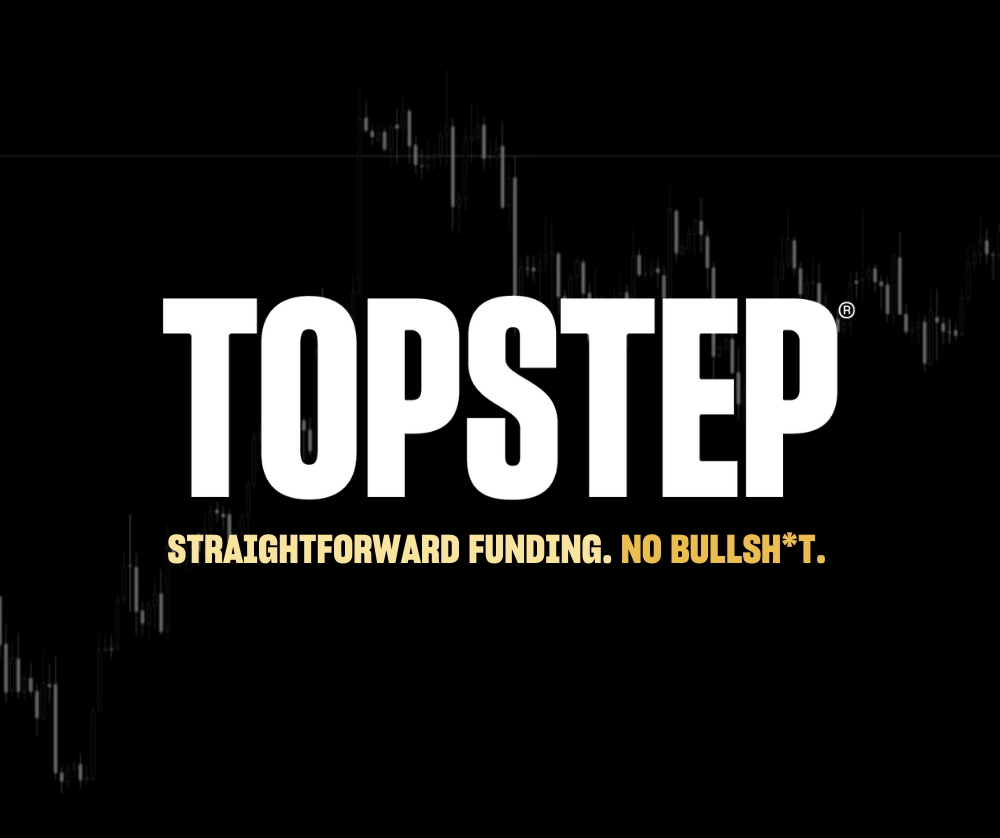The Head and Shoulders pattern is one of the most popular and recognizable technical trading patterns. The pattern forms near market tops in established up trending or bullish markets. The Head and Shoulders is a reversal pattern because it signals a change in an uptrend and forecasts a downtrend from its breakdown. This pattern is signified by three successive peaks resembling two shoulders on both sides and a head in the middle. The head is the largest of the three peaks. An Inverse Head and Shoulders pattern is when the head and shoulders pattern is upside down and follows similar structure in reverse (see “Turning H&S on its head” below). The Inversion Head and Shoulders is a reversal pattern from an established downtrend.

Inverse H&S pattern components
The head and shoulders in an Inverse H&S pattern are formed by three successive troughs. The middle trough (head) is the deepest in the pattern. The ratio of the height of the head to the largest shoulder should be less than 0.78. The size of the head is measured as the vertical distance from the neckline to the trough of the head.
The neckline is formed by connecting the high following the left shoulder low and the high preceding the right shoulder low (or following market trough). These are reaction highs formed to define the pattern structure. The neckline can have up, down or horizontal slopes. Upward slopes tend to be more bullish than downward slopes. Typically, the patterns with horizontal necklines produce better results.
Volume plays a significant role in pattern structure and the validity of the signal. Price breakouts from neckline must be supported by expanded volume for a valid entry. Volume build up in the left shoulder is usually higher than the volume in right-shoulder. During the head formation (bottom), the volume in the first half of the head may be higher than volume in the second-half. An increased volume above neckline for a breakout signifies completion of the pattern.
Typically, you enter a long position above the neckline after the right shoulder completes the formation and price closes above the neckline with increased volume.
Partial stops are placed below the mid-point of the neckline and right shoulder. Place a final stop below the low of the right shoulder.
Targets are projected from the neckline using Fibonacci ratios. The first target range is 62% to 79% move of the height of the head and second target range is 127% to 162% move above neckline.
The Inverse Head and Shoulders has a higher success/failure ratio (68.2%) than the Head and Shoulders pattern (59%) by our calculations.
A current example of an Inverse Head and Shoulders formation can be seen with the Social Media ETF (SOCL). Here are some of the key points and how it is traded (see “Social play, below”).

Trade description
- SOCL was trending lower since December 2015.
- Volume was heavy in the left shoulder and left half of the head (notice light volume with right shoulder).
- Inverse H&S pattern completed with fully formed right shoulder.
- Breakout above neckline $18.18 with increased volume for long entry.
- Stop placed below the right shoulder’s low at $17.25
- Target zones: $19.81-20.25, $21.53-22.44, $24.18-25.07. Head Height: $2.63
- Target zone 1 was reached on May 31.
- Target zone 2 was reached on July 11.
- Expect a pullback before continuing to target zone 3 above $24.15.




